What Is Block Printing? Types Of Block Printing
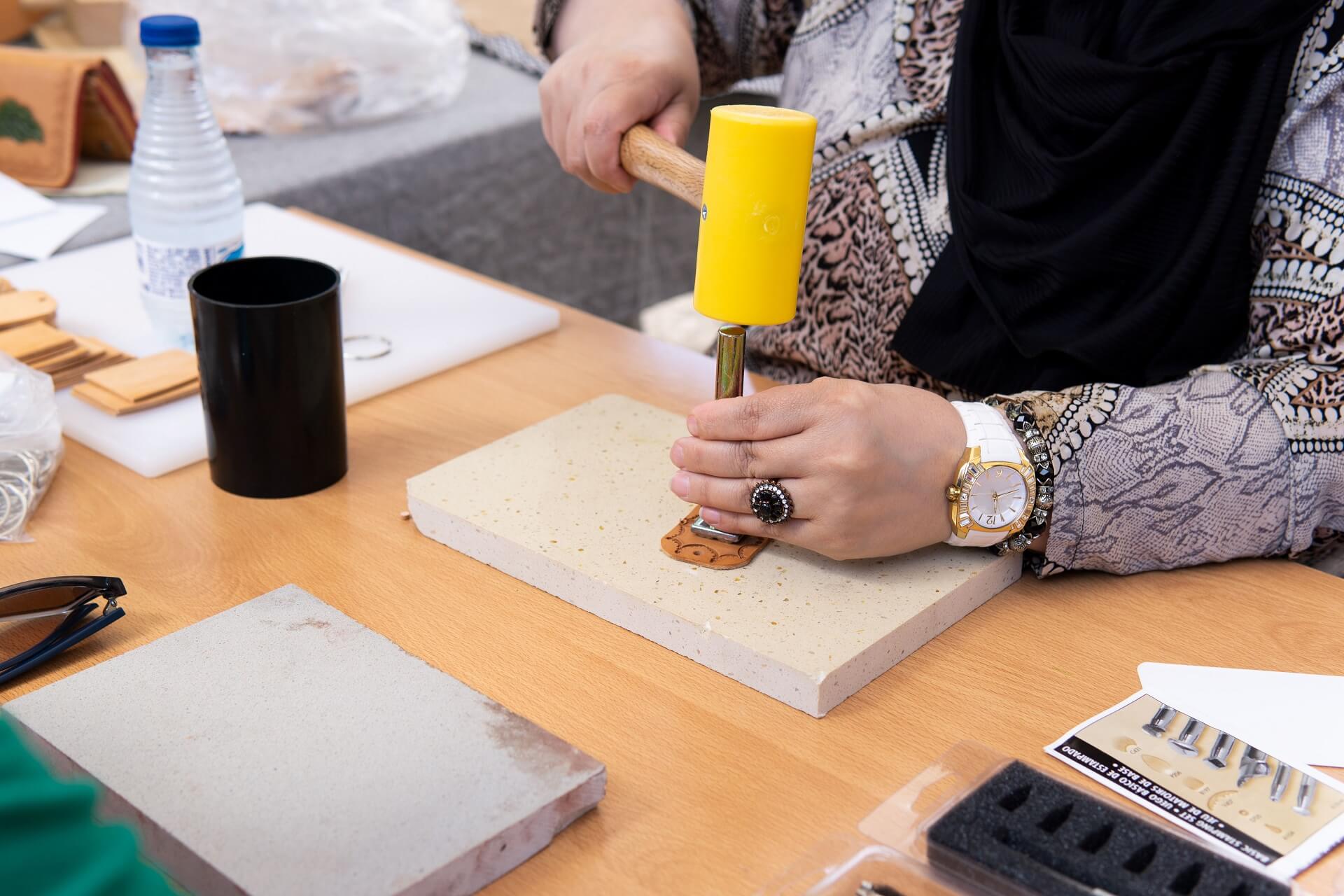
Printmaking is a common hobby and vocation for many artists all over the world. And block printing has been around for thousands of years.
This blog contains all you need to know about block printing, whether you’re thinking about making your first block print or simply want to learn more about it.
Block Printing
Block printing is a relief printing process that transfers ink onto fabric or paper using a carved material (usually wood, linoleum, or rubber). The block is used as a stamp, and the finished product is a mirror image of the carving.
Woodblock prints can range from little images designed to be repeated in a pattern to massive works of art printed on a large printing machine. These were previously used to print complete books.
Depending on the size of the knife and the quality of the material, each print can capture a high level of detail. However, because the technique is often done by hand, no two prints are ever identical.
History of Block Printing
According to ancient literature, the first block printing processes began in China during the third century AD. Originally, these ancient blocks were only employed on fabric — paper was utilized for the first time for block printing in the 7th century.
This implies that block printing predates paper. There are no documented examples of papyrus printmaking.
Block printing was adopted decades later in the remainder of Asia, the Middle East, and Europe. Before the invention of movable type, it served as both an art form and a method of printing text.
However, due to the complexity of written Chinese, which has over 40,000 unique characters, block printing has remained a convenient method of producing books for generations.
Different Types of Block Printing
Block printing is done using a variety of techniques and materials all around the world. Among the most common varieties are:
1. Wood Block Printing
This is the most traditional style of block printing, with images carved from a solid piece of wood. This is a broad category that encompasses a variety of strategies. In Europe, these are commonly referred to as woodcut prints.
When working with wood, the secret is to use a firm, tight-grained substance. Porous woods like oak and softwoods like pine and cedar are less suited since the fine detail will be lost. Fruit woods like as pear and cherry are traditional choices, but many more are possible when placed on a plywood base.
2. Block Printing on Fabric
When it comes to superb artisan patterns for block printing on fabric, India is one of the most well-known suppliers. The technique is generally the same, but the Indian subcontinent is where the skill truly shines due to a lengthy history and specialization in many types of dyes and fabrics.
Patterns are drawn on wood before being carved and put on handles. The blocks are dipped in non-toxic ink before being hand printed on a huge piece of fabric.
Several pattern blocks are normally utilized, and because it is done by hand, the images seldom match up properly. This is one of the primary differences between hand-block printed fabric and screen/digitally printed alternatives.
3. Block printing on linoleum
Linocut prints are made in the same way as woodcut prints, but with linoleum blocks as a base. It is a relatively new block printing technique that originated in Europe in the mid-1800s.
Linoleum is an excellent printmaking material since it is softer than wood, resists splitting, and keeps fine detail. These characteristics make it perfect for both beginning and experienced artists.
Process of Block Printing
To begin, the printer draws a length of fabric from the roll across the table and marks it with a piece of colored chalk and a ruler to indicate where the first imprint of the block is to be applied.
The block is then put to the color on the sieve in two different directions before being firmly and steadily pressed on the cloth, ensuring a good impression.
The second impression is made in the same manner, with the printer taking care to ensure that it fits exactly to the first, a point which can be ensured using the pins provided at each corner of the block and which are arranged in such a way that when those on the right side or top of the block fall upon those on the left side or bottom of the previous impression, the two printings join up exactly and continue the pattern without a break.
Each subsequent impression is done exactly the same way until the entire length of the tablecloth has been printed. When this is completed, it is coiled over the drying rollers, bringing forward a new length to be treated in the same manner.
Conclusion
That concludes our block printing guide! Hopefully, you now have a better understanding of the history and techniques employed in this old craft.
We have several block-printed things for you if you admire block-printing techniques. To shop, go here.
Recent Posts

Why your bedroom needs hand block printed prints?
Why Your Bedroom Needs Hand Block Printed Prints?After a long day, your …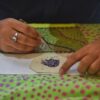
Why Cotton Fabric is Pre-treated Before Block Printing?
Why Cotton Fabric is Pre-treated Before Block Printing? When clothing has a …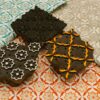
Why Hand Block Printed Bed Sheets are Trending?
Why Hand Block Printed Bed Sheets Are Trending? Your bed sheets are …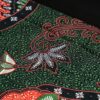
How to Incorporate Hand Block Printed Bedsheets into Your Home Decor?
How To Incorporate Hand Block Printed Bedsheets Into Your Home Decor? Hand …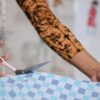
What Makes Hand Block Print Fabrics Unique?
What Makes Hand Block Print Fabrics Unique? Hand block print fabrics are …
